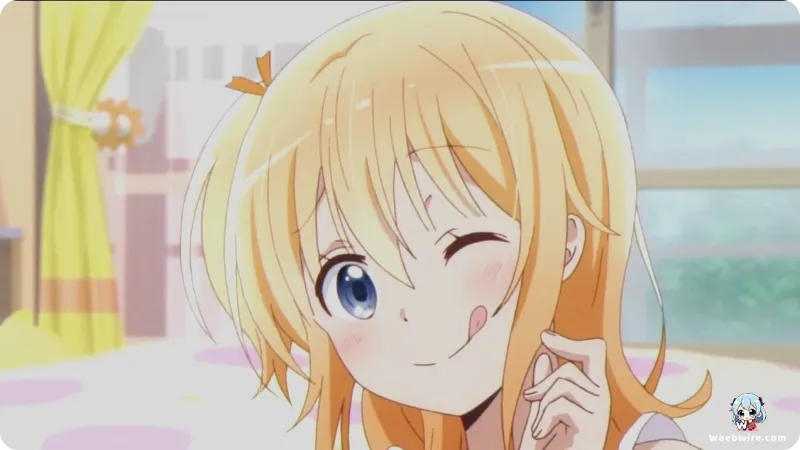Behind the Panels: Why 'Comic Girls' Is More Than Just Cute Comedy—A Deep Dive into Manga Industry Stress

The 2018 anime series Comic Girls, produced by Studio Nexus, is frequently categorized within the 'Cute Girls Doing Cute Things' (CGDCT) subgenre. However, beneath its undeniably endearing surface and lighthearted camaraderie, the series offers a sophisticated and often overlooked layer of meta-commentary addressing the grueling realities of professional manga creation. This adaptation of Kaori Hanzawa’s celebrated four-panel manga delves deep into the psychological and logistical hurdles faced by aspiring artists, elevating it far beyond a typical slice-of-life offering.
The Specialized Setting and Professional Focus
Central to the narrative is the profoundly shy protagonist, Kaoruko Moeta (Kao-chan), and her fellow residents at the Bunhōsha dormitory. This setting is highly specialized, explicitly designed for nurturing artistic talent, complete with shared workspaces and the constant, demanding presence of editor-supervisor Miharu 'Sensei' Nijino. This environment allows the story to focus intensely on professional development under the duress of creative deadlines, effectively bypassing typical high school drama.
Adapting the 4-Koma Rhythm
One of the series' greatest strengths lies in how Studio Nexus masterfully translated the rapid-fire 'setup, development, punchline, conclusion' rhythm of the original 4-koma format. Unlike adaptations of traditional serialized manga, which prioritize narrative flow, Comic Girls maintains a structure favoring quick, comedic vignettes. The production required intricate planning, utilizing creative visual and auditory cues to ensure the inherently episodic nature flowed smoothly as a cohesive animated series, successfully preserving the source material’s kinetic energy.
Authentic Portrayal of Industry Stress
Crucially, Comic Girls functions as an accidental educational tool regarding the operational dynamics of the publishing world. While played for laughs, the girls’ struggles—including debilitating writer’s block, crippling anxiety over editor critiques, and the unforgiving pressure of deadlines—are authentic portrayals of industry stress. The anime employs clever visual metaphors to illustrate this mental toll. For instance, Kao-chan’s recurring internal panic attacks are visualized using stark black screens and dramatic white text, mimicking a specific, high-stakes manga panel effect, directly connecting her emotional distress to the medium she is trying to master. Her signature habit of hiding inside a large cardboard box is not merely a gag; it visually represents her deep-seated imposter syndrome and profound desire to escape the judgment inherent in a creative profession.
Furthermore, the main quartet—Kao-chan (shojo), Ruki Irokawa (teens’ love), Tsubasa Katsuki (shonen), and Koyume Koizuka—are meticulously crafted, each representing a distinct manga genre, with their names often containing subtle puns relating to their artistic focus. This level of detail, combined with Studio Nexus’s impressive versatility (successfully shifting from action titles like Chivalry of a Failed Knight to handle nuanced emotional animation), cemented Comic Girls as a beloved, yet often underestimated, gem.

It uses humor to explore the complex pressures of creativity, proving its complexity far exceeds its cheerful exterior.
Credits
Comic Girls
Author
Kaori Hanzawa
Cover Art
Kaori Hanzawa
Studio
Nexus
Publisher
Houbunsha
Producers





